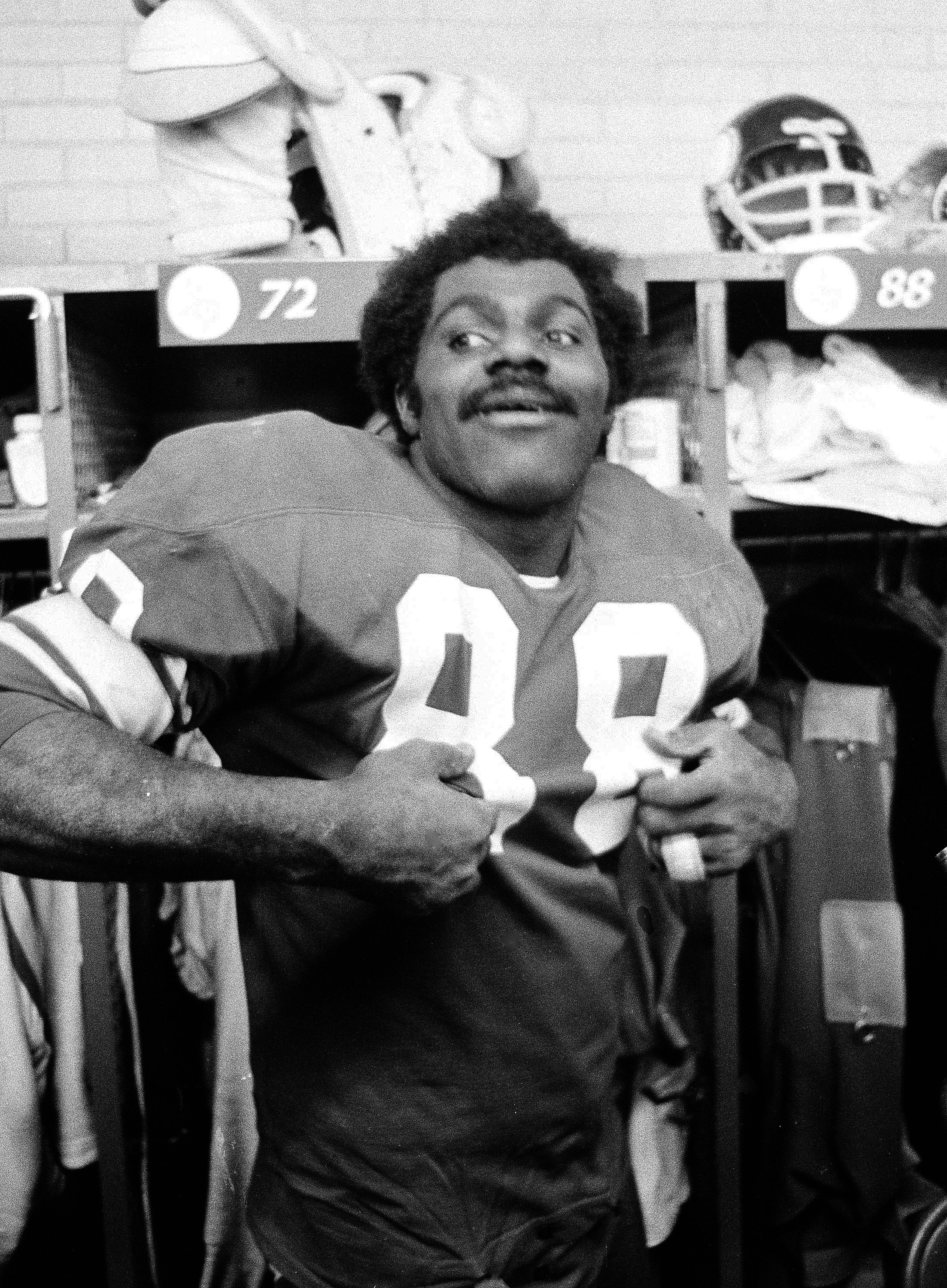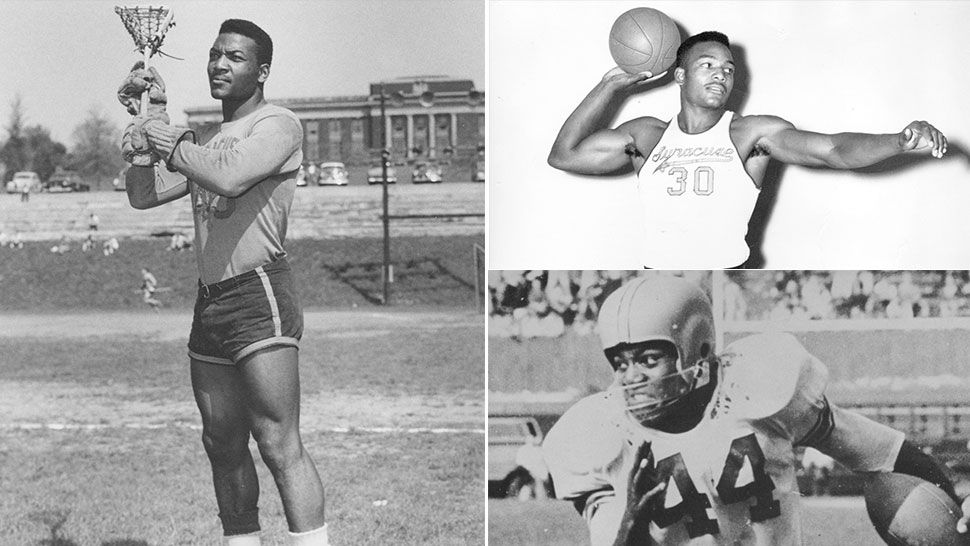GeographyDude
Gone Fishin'
The punch drunk syndrome in boxing (dementia pugilistica) has been known about since the 1920s, so I don’t think it’s all that much of a stretch that doctors might start looking at this in the context of the repetitive hits in football. Plus, you had the traumatic head injuries of WWII and the Korean War to push along the science, and to make it a more current issue in the late ‘40s and all through the 1950s.
Let’s say it happens.
Pro football develops generally just as it did in the 1950s, with the possibility of an overtime game in 1958. And then starts diverging in the ‘60s, as athletes who would have played football start going into other sports.

For example, Roger Staubach who is quick and a great all-round athlete goes into basketball and is an All-American player at Annapolis (U.S. Naval Academy) in the early and mid ‘60s.
Back then, the college game was much more popular than the pro game. So, what takes its place?
Your ideas please.
Let’s say it happens.
Pro football develops generally just as it did in the 1950s, with the possibility of an overtime game in 1958. And then starts diverging in the ‘60s, as athletes who would have played football start going into other sports.

For example, Roger Staubach who is quick and a great all-round athlete goes into basketball and is an All-American player at Annapolis (U.S. Naval Academy) in the early and mid ‘60s.
Back then, the college game was much more popular than the pro game. So, what takes its place?
Your ideas please.
Last edited:





